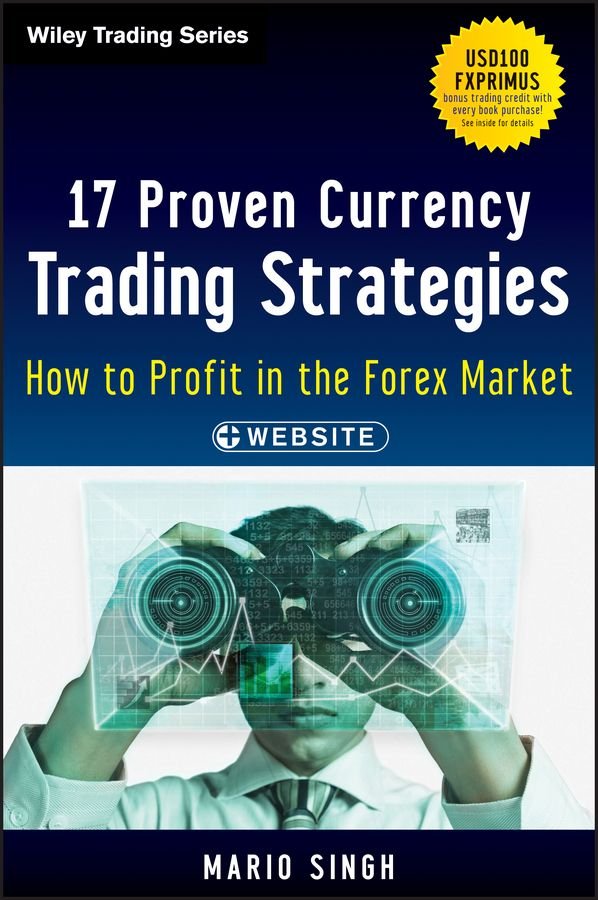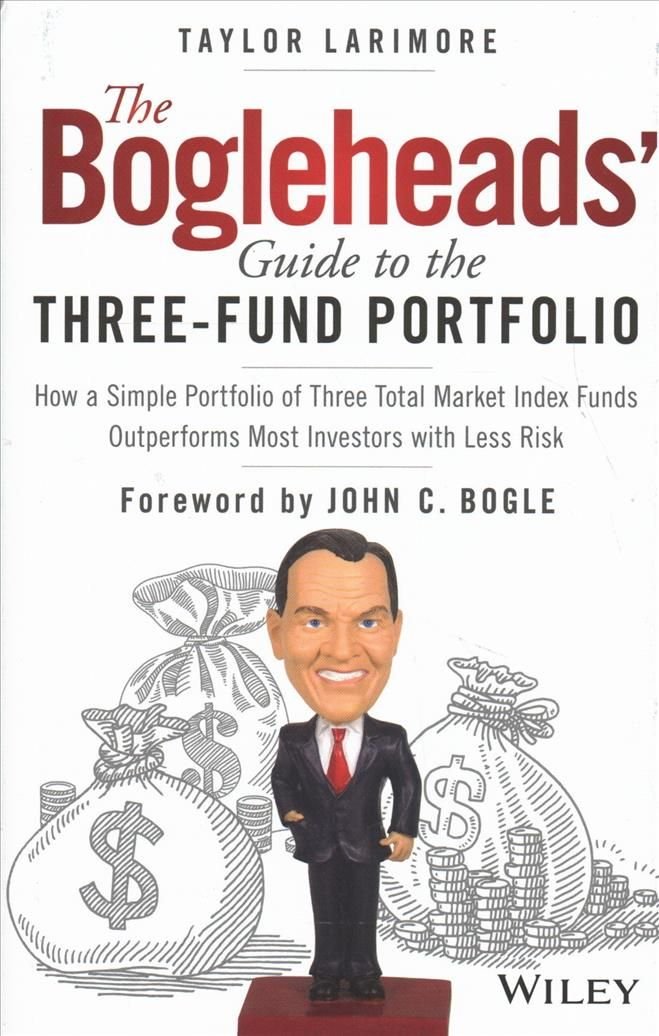Louis Phlips The stabilisation of primary commodity prices, and the related issue of the stabilisation of export earnings of developing countries, have traditionally been studied without reference to the futures markets (that exist or could exist) for these commodities. These futures markets have in turn been s~udied in isolation. The same is true for the new developments on financial markets. Over the last few years, in particular sine the 1985 tin crisis and the October 1987 stock exchange crisis, it has become evident that there are interÂ- actions between commodity, futures, and financial markets and that these interÂ- actions are very important. The more so as trade on futures and financial markets has shown a spectacular increase. This volume brings together a number of recent and unpublished papers on these interactions by leading specialists (and their students). A first set of papers examines how the use of futures markets could help stabilising export earnings of developing countries and how this compares to the rather unsuccessful UNCTAD type interventions via buffer stocks, pegged prices and cartels. A second set of papers faces the fact, largely ignored in the literature, that commodity prices are determined in foreign currencies, with the result that developing countries suffer from the volatility of exchange rates of these currencies (even in cases where commodity prices are relatively stable). Financial markets are thus explicitly linked to futures and commodity markets.












